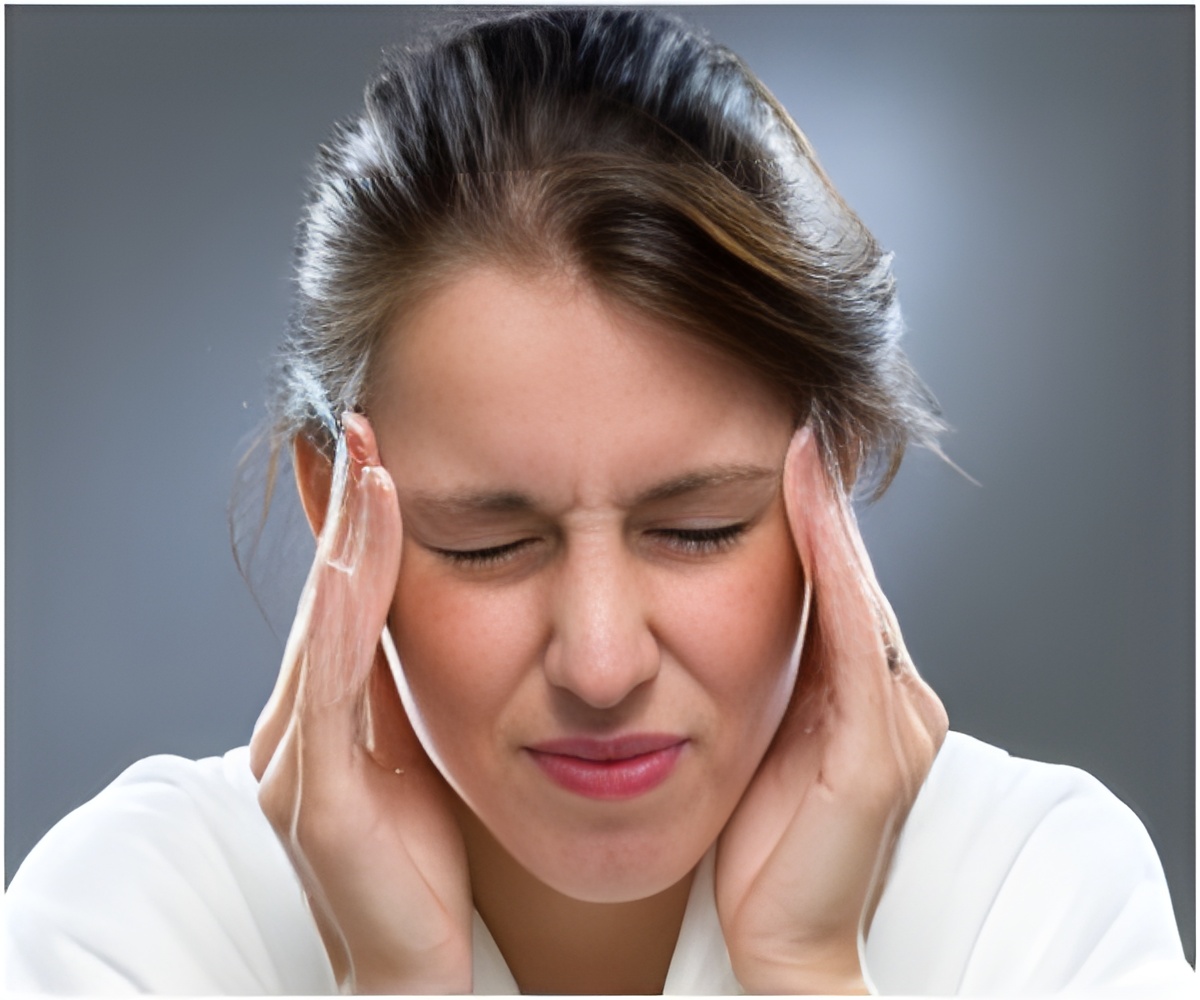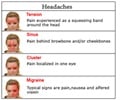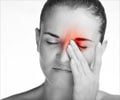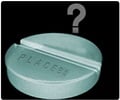International Headache Society (IHS) experts have developed new migraine clinical trial guidelines.

Trials for acute migraine are addressed in the new guidelines' first section, followed by discussions and recommendations relating to clinical trials for migraine prevention. This includes short-term prevention or 'mini-prophylaxis' for predictable migraine attacks, such as those associated with menses. Sub-sections include: patient selection, trial design, evaluation of results and statistics. A toolbox for each type of trial (acute and prevention) is provided at the end. The guidelines do not include broader discussions of clinical trials methodologies or ethical considerations, which are published elsewhere.
The publication supersedes previous guidelines. The first edition, published by the Clinical Trials Subcommittee of the IHS in 1991, highlighted the complex nature of migraine clinical trial methodologies and offered a road map to clinical investigators who were interested in the field. Widely adopted, these guidelines were the impetus for similar guidelines' development for tension-type headache and cluster headaches as well.
A second edition was published in 2000 and formed the basis for the European Medicines Agency's 2007 publication, Guidelines on Clinical Investigation of Medicinal Products for the Treatment of Migraine.Despite these former publications, corresponding author Peer Tfelt-Hansen from the Danish Headache Center at the University of Copenhagen says that adherence to the recommendations in the guidelines for clinical trials on acute migraine treatment has not been overwhelming. For instance, less than a third of 145 acute treatment trials cited between 2002 and 2008 used freedom from pain after two hours as their measure of efficacy, as recommended. Almost 40 percent of trials were instead using a decrease in pain levels as a measure of a treatment's effectiveness. Even so, freedom from pain as the primary measure of treatment efficacy is gaining ground in clinical trials today. The updated guidelines are essential reading for those active in migraine research. Many more will benefit, as migraines affect more than ten percent of the world's population.
Source-Eurekalert
 MEDINDIA
MEDINDIA




 Email
Email










